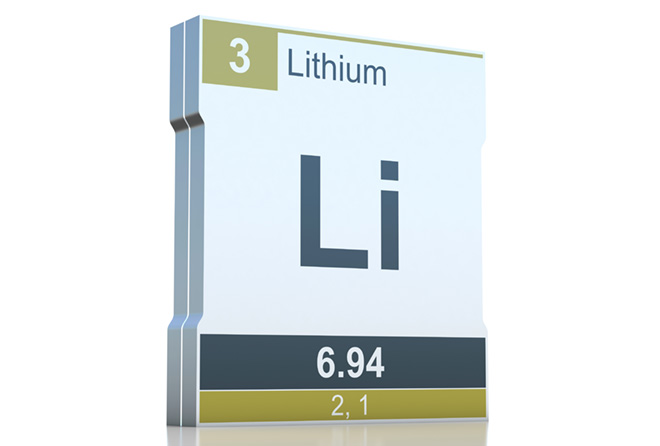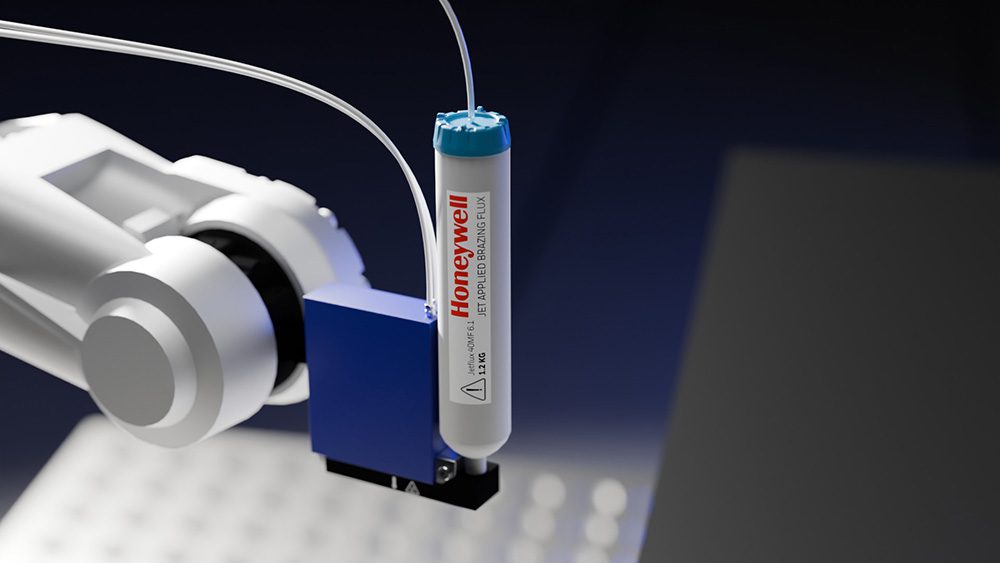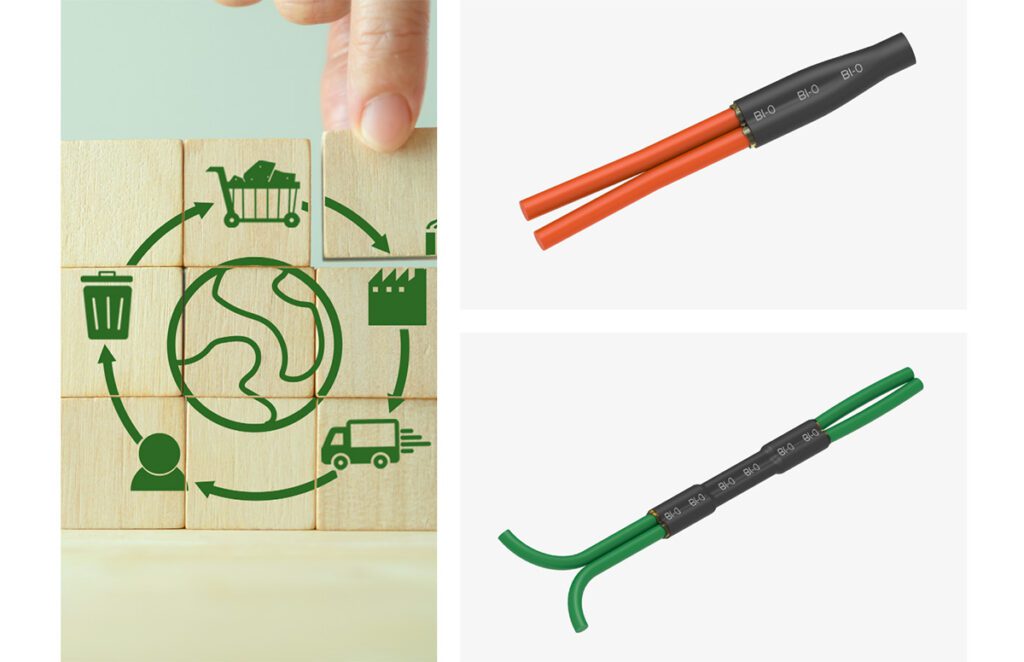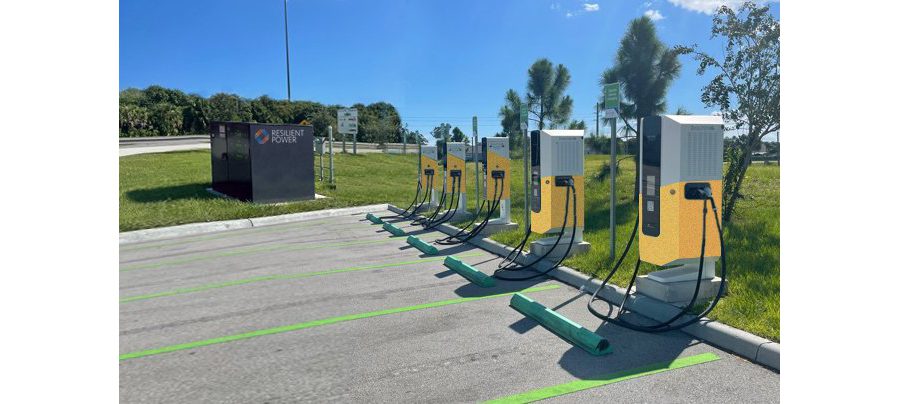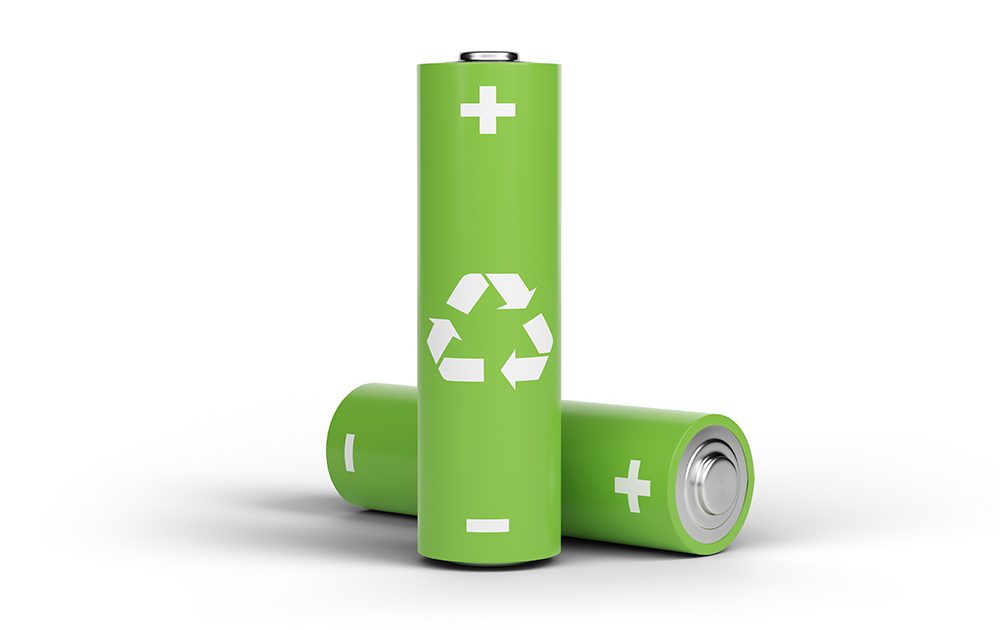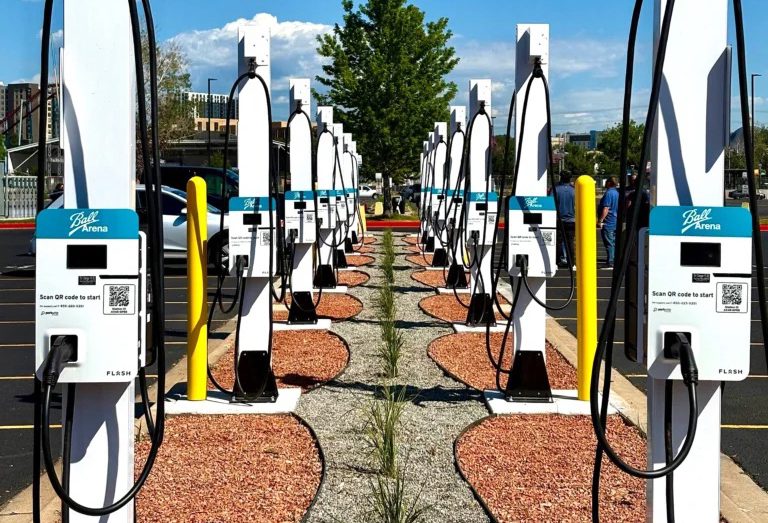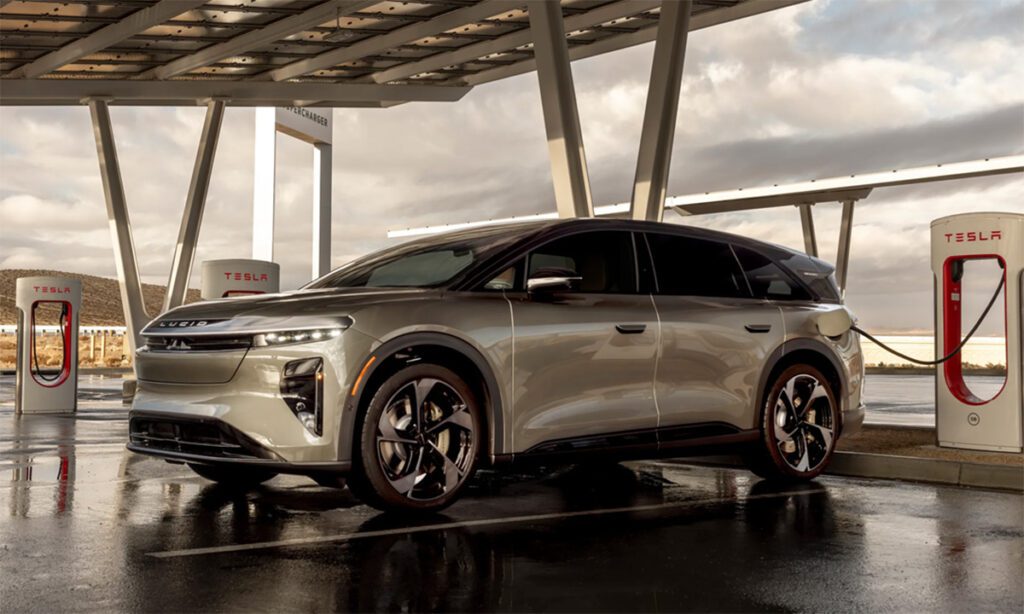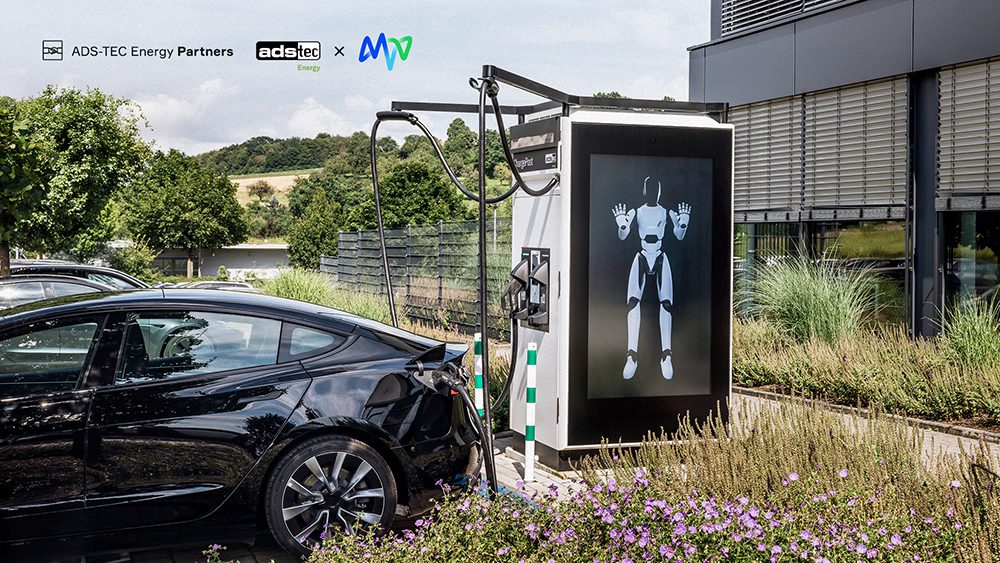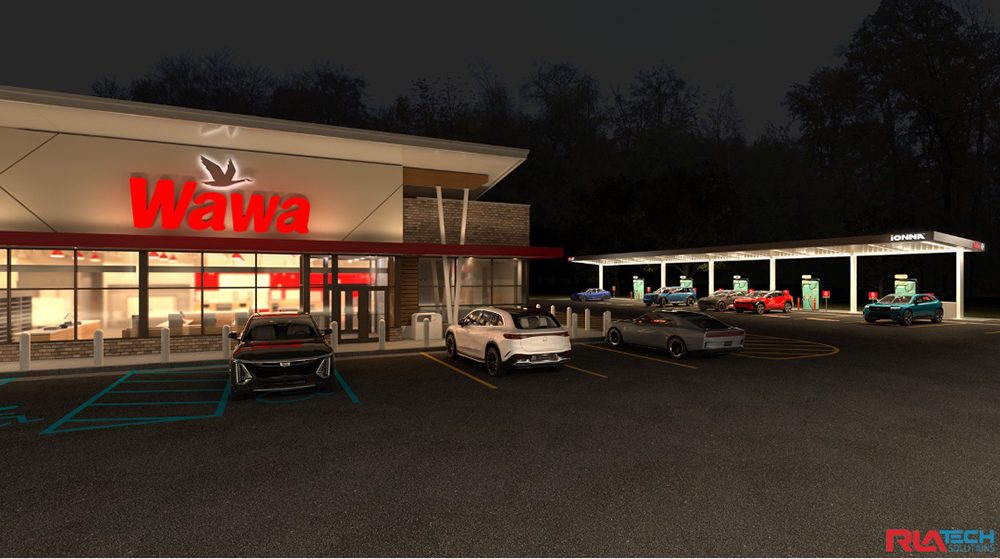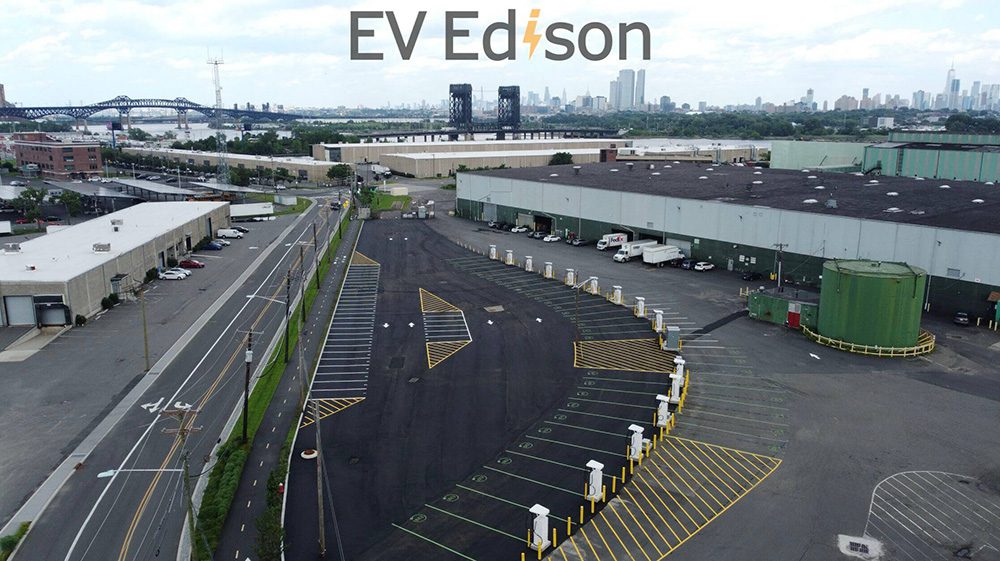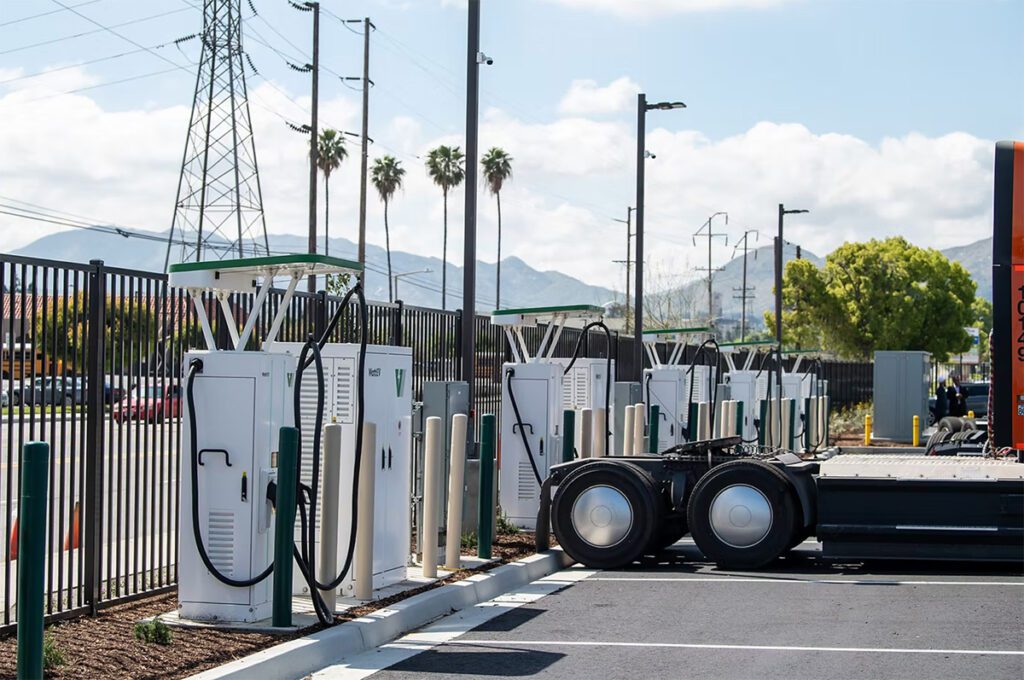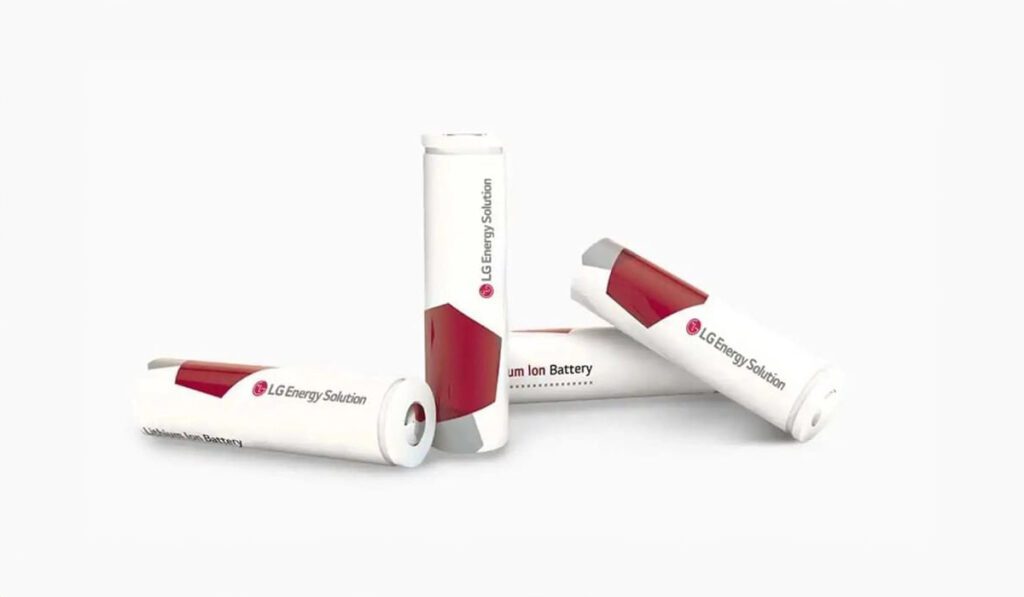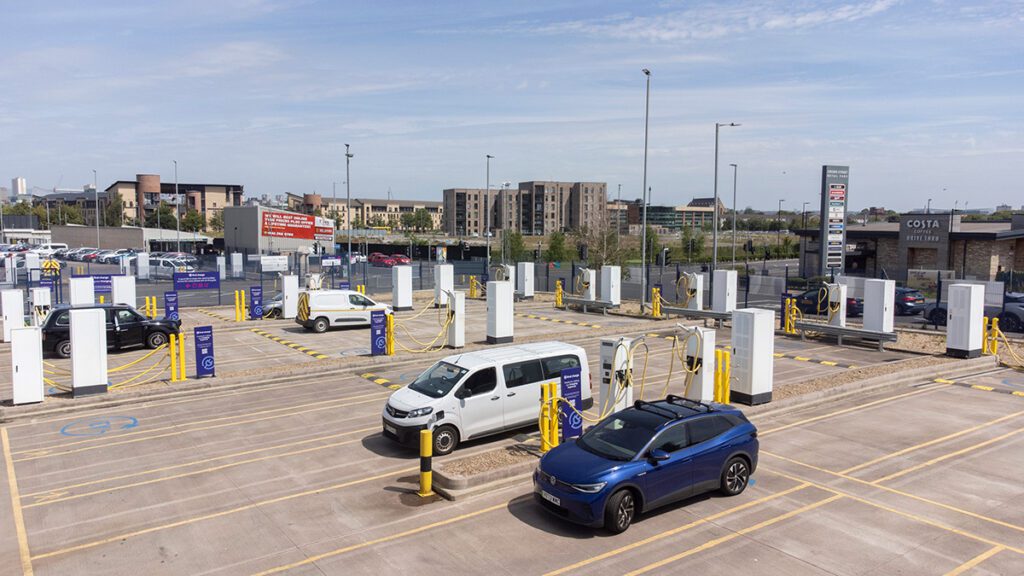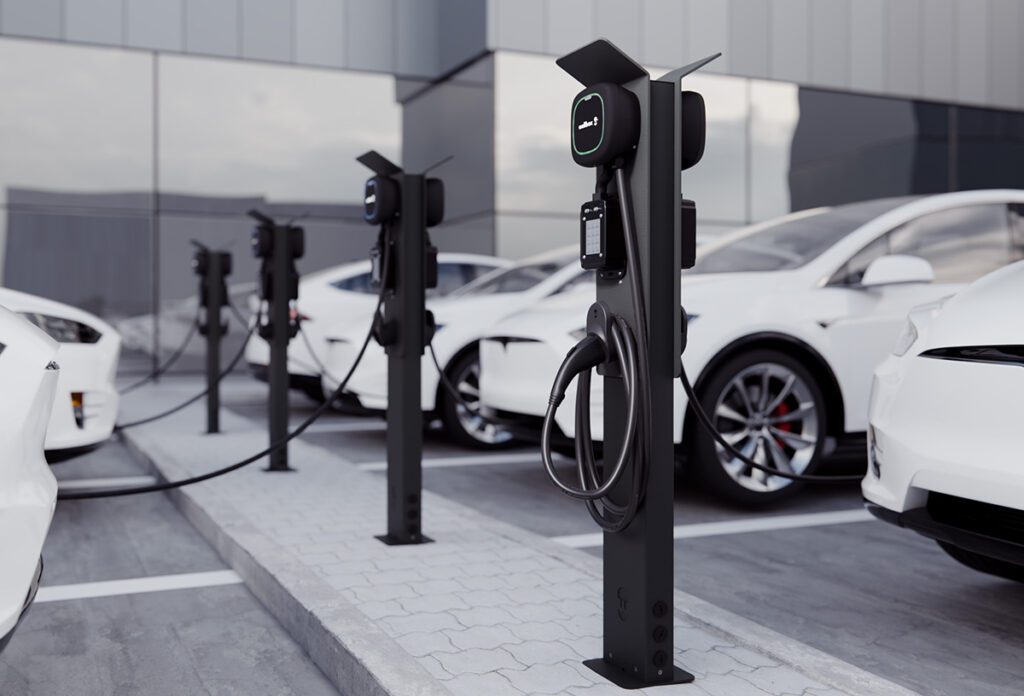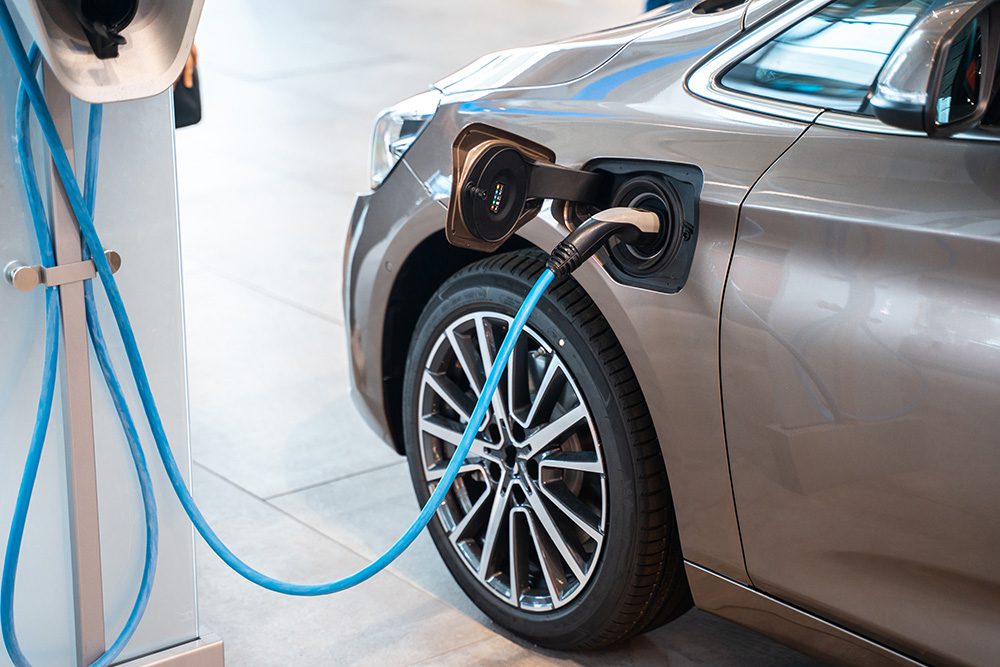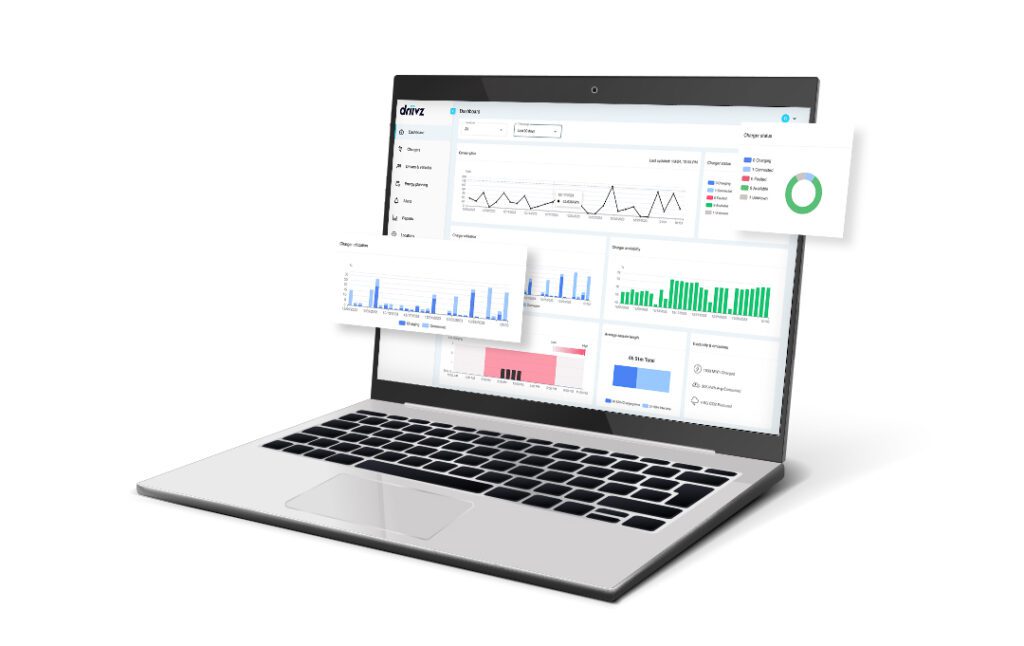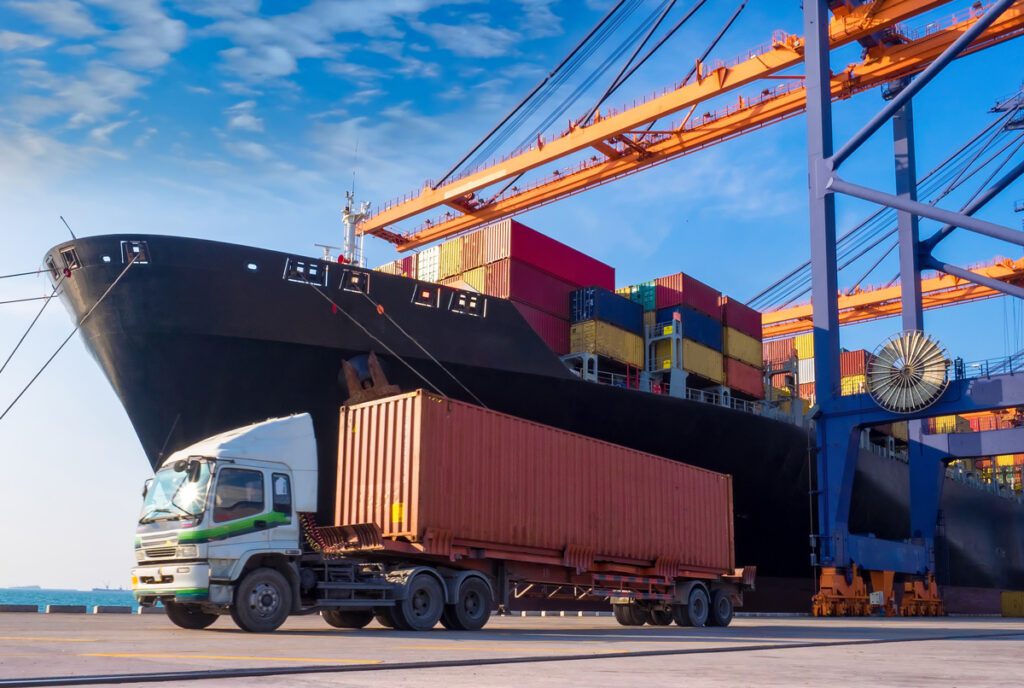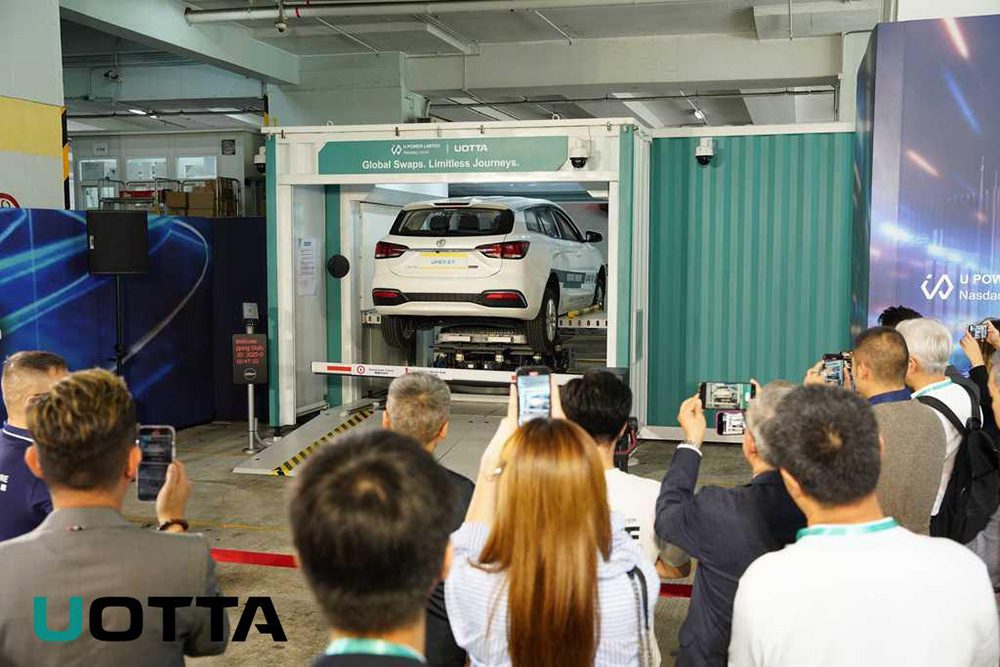Roskill’s Lithium, Outlook to 2031, 18th Edition report examines the environmental, social and governance (ESG) concerns surrounding current lithium production. One environmental concern of the downstream sector is water consumption at lithium brine facilities, which operate in some of the driest areas on the planet. These operations take large volumes of water and brine for their process and to run their operations. This consumption has led to concerns of water overuse at the extraction and refining sites, causing negative consequences for local communities and wildlife.
Roskill’s analysis shows that 70% of lithium extracted from brine-based resources originates from areas categorized as being at “High” water risk by the World Resources Institute’s (WRI) Water Risk Atlas. Given the high proportion of brine producers located in areas deemed at high risk of water overexploitation, many brine producers, including SQM and Albemarle, both of which have operations in the Chilean Salar de Atacama, have introduced plans to reduce water consumption at their operations.
Even more vital than total water and brine consumption is an indication of how the water and brine consumption will affect the local ecosphere and communities.
Source: Roskill







